291, no.2 April 1915. [Untitled] by Katherine N. Rhoades. "Mental Reations" by Marius De Zayas and Agnes Ernst Meyer. Graphic Arts Collection (GAX) Oversize 2007-0018E
In 1954, Princeton received a gift from the painter Georgia O'Keeffe (1887-1986). This donation included issues of 291, a monthly magazine published out of The Little Galleries of the Photo Succession, run by her husband Alfred Stieglitz. Today, the graphic arts division holds issues no. 2-7/8 (although no.1, 9-12 are currently missing, things have a way of turning up).
291 was edited by Alfred Stieglitz (1864-1946), Marius de Zayas (1880-1961), Paul Haviland (1880-1950), Agnes Ernst Meyer (1887-1970), and to a lesser extent Francis Picabia (1879-1953), and Katherine N. Rhoades (1885-1986). Many of the prints include hand-coloring and issue no. 7/8 has a photogravure by Stieglitz.
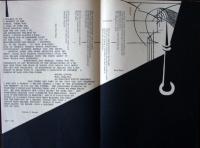
291 no.3 May 1915. Le Coq Gaulois drawn by Edward Steichen. "A Bunch of Keys" by J.B. Kerfoot.

The inspiration for 291 came in 1914, when De Zayas was in Paris searching for art to exhibit in the New York gallery. In one of his letters back to Stieglitz, he mentions the visual poetry of Guillaume Apollinaire (1880-1918) "[who] is doing in poetry what Picasso is doing in painting. He uses actual forms made up with letters. All these show a tendency towards the fusion of the so-called arts." When De Zayas returned, he convinced Stieglitz of the need for a new magazine devoted to visual poetry and satire. Together with Haviland and Meyer they began 291.

Only about 100 copies of the regular and deluxe (heavy paper) editions were sold to subscribers. The magazine never found an audience in New York and the publication only survived for one year before closing. Stieglitz sold the entire back stock to a ragpicker for $5.80.
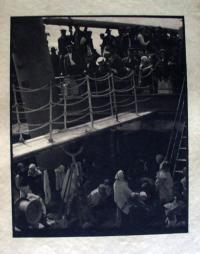

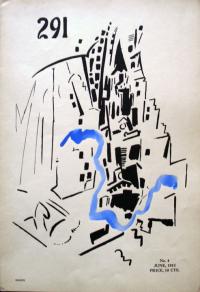
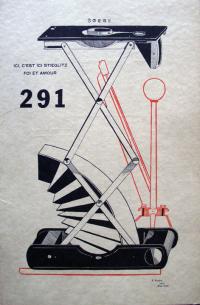
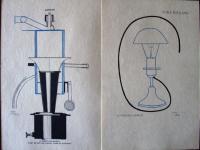
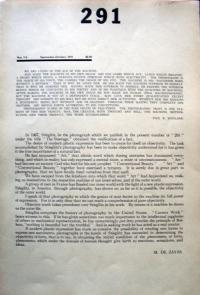
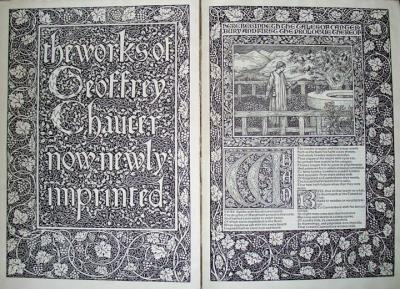
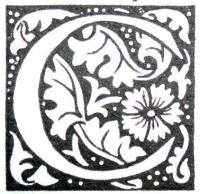
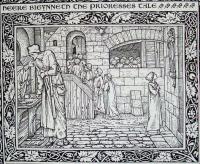



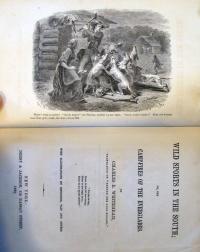
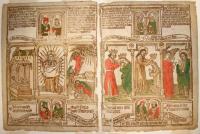
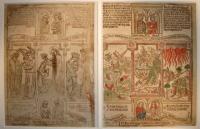
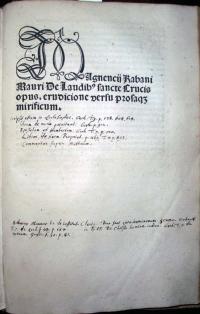
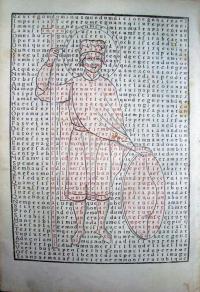
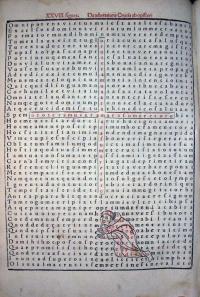
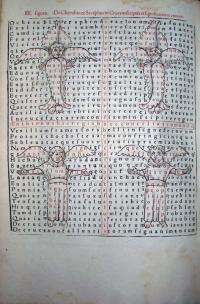

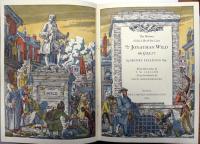

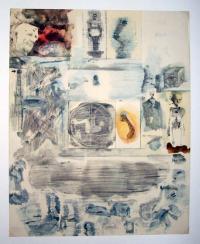
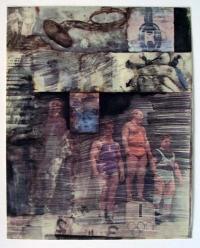
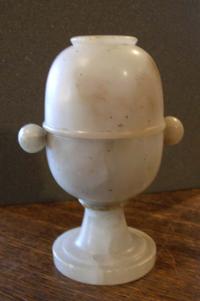
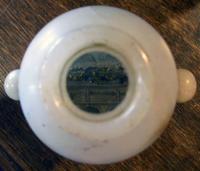
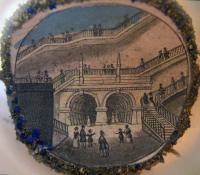


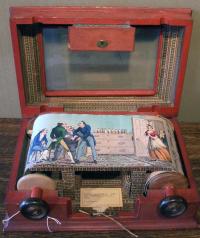
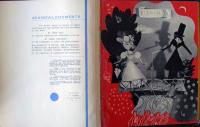

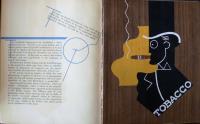
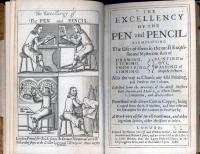
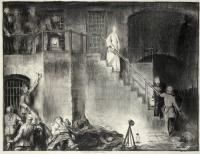

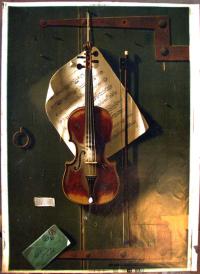
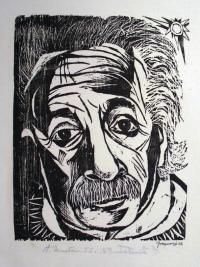
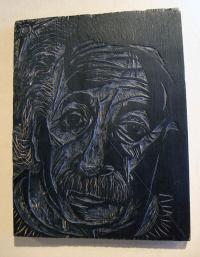
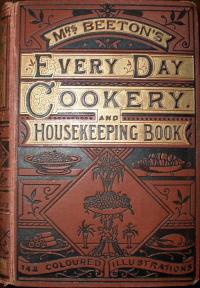

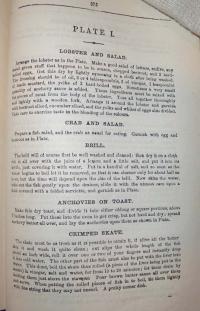

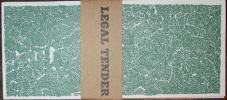

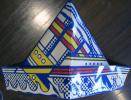
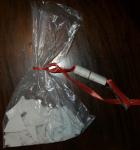

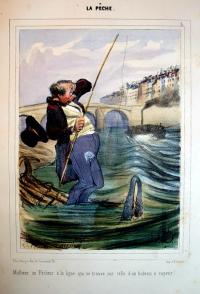

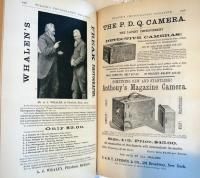
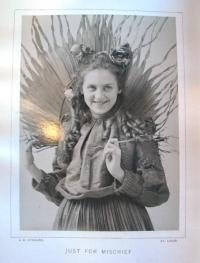
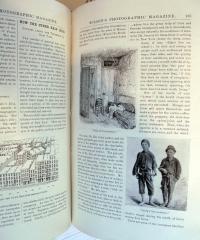
Recent Comments